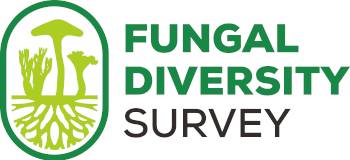FunDiS West Coast Rare Fungi Challenge
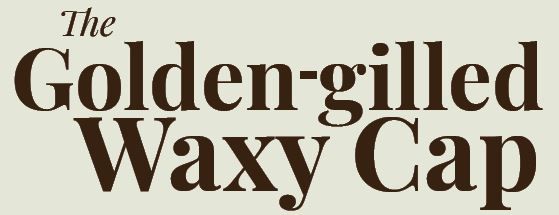
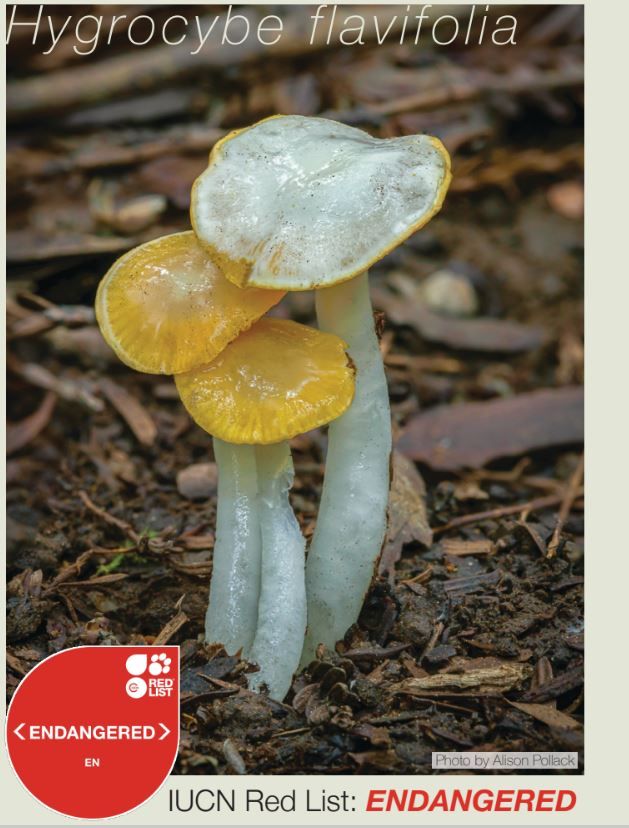
Very little is known of Hygrocybe flavifolia, the Golden-gilled waxy cap: only a handful of finds have been reported, all in coastal northern California.
But does it occur further inland?
How far north does it go?
Does it grow in all Coast Redwood forests all the way from Big Sur up into Oregon?
Does it occur in coastal Oregon, north of the Redwoods?
Download the PDF Pamphlet
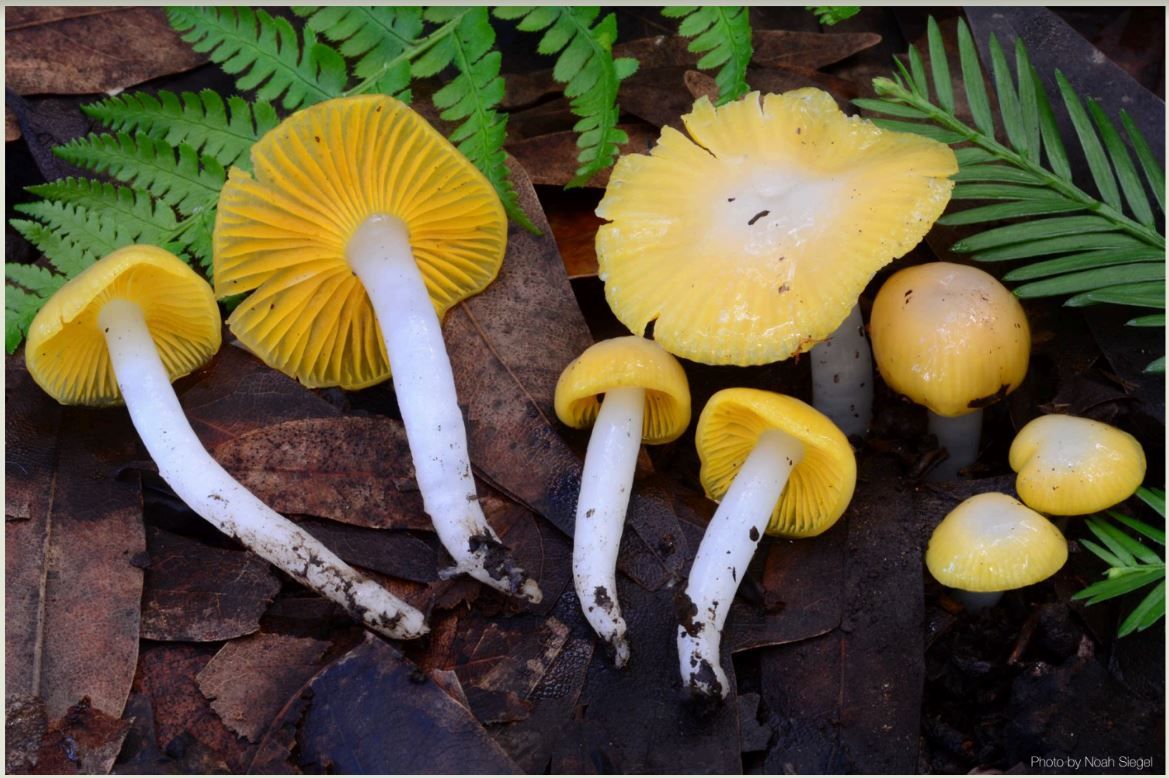
Description
This waxy cap grows in small groups, so don’t expect herds of it. But they stand out in the dark redwood and bay laurel forests and their yellow and white strongly contrast with the dark leaves and needles on the forest floor.
What else could it be?
This is the only waxy cap with the combination of yellow gills, slimy white stem and a slimy white-yellow cap. Others are completely yellow or orange, or have a non-slimy stem or a dry cap. Compare with the Parrot mushroom (Hygrocybe psittacina), which has a slimy, striate greenish cap when young which fades to ochre, buff, pinkish, etc. but not yellow, and to the Heath Waxcap (Hygrocybe laeta), which has a cap with lilac-grey tones when young that fades to pinkish-buff to tawny-olive. Neither has bright-yellow gills at maturity. There may be some look-alikes in the midwest and east, so be careful when collecting outside of the West Coast.
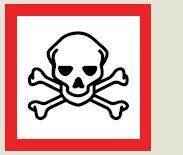
![]() Never eat wild mushrooms without a confident identification!
Never eat wild mushrooms without a confident identification!
Contact Poison Control if you think you have eaten a poisonous mushroom: 1-800-222-1222.
When & Where?
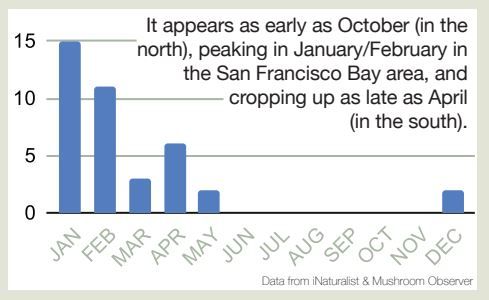
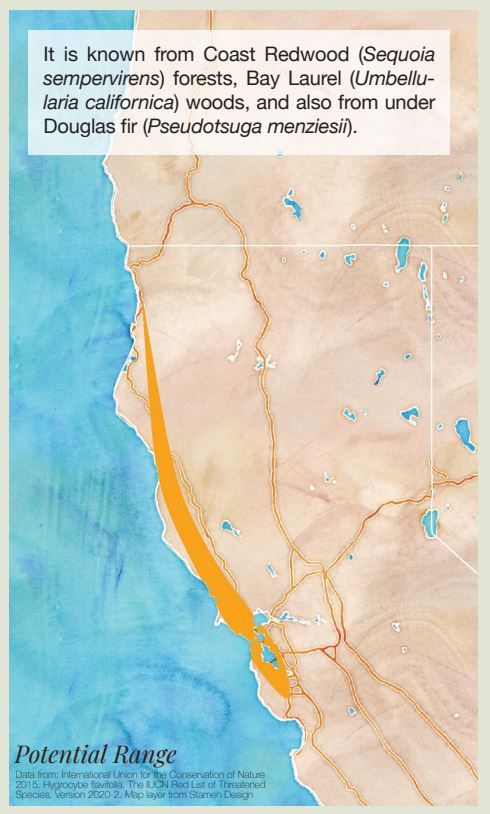
Habitat
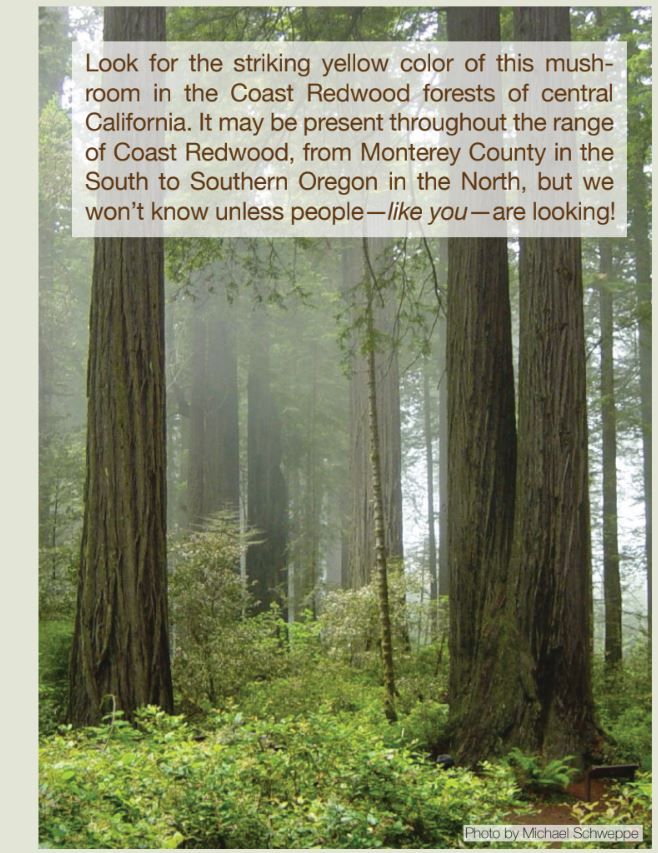
More Information
Siegel N & Schwarz C. 2016. Mushrooms of the Redwood Coast: A Comprehensive Guide to the Fungi of Coastal Northern California. Ten Speed Press: pg. 286 (as “Gliophorus” flavifolius).
Desjardin DE, Wood MG & Stevens FA. 2015. California mushrooms: the comprehensive identification guide. Timber Press: pg. 78.
Vellinga E. 2015. Hygrocybe flavifolia (errata version published in 2016). The IUCN Red List of Threatened Species 2015: e.T75115087A97167815.
doi.org/10.2305/IUCN.UK.2015-4.RLTS.T75115087A75115191.en
Wood M & Stevens F. 2020. Hygrocybe flavifolia. The Fungi of California: a MycoWeb page. Accessed 15 Sept. 2020.
mykoweb.com/CAF/species/Hygrocybe_flavifolia.html
Mushroom Observer (28 obs.):
mushroomobserver.org/name/show_name/2531
iNaturalist (19 obs.):
iNaturalist.org/taxa/118311-Hygrocybe-flavifolia
What to do if you find it:
Make an observation
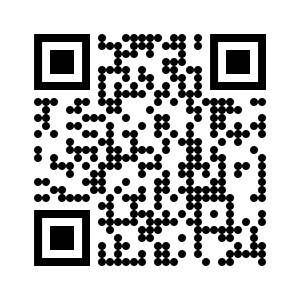 The first thing to do is to record your observation. We prefer to use the iNaturalist app for that (visit www.iNaturalist.org to learn more), but you could also upload your observation to Mushroom Observer (visit www.MushroomObserver.org). The QR code to the right will take you to the Fungal Diversity Survey (FunDiS for short) website to explain how to contribute to the project.
The first thing to do is to record your observation. We prefer to use the iNaturalist app for that (visit www.iNaturalist.org to learn more), but you could also upload your observation to Mushroom Observer (visit www.MushroomObserver.org). The QR code to the right will take you to the Fungal Diversity Survey (FunDiS for short) website to explain how to contribute to the project.The best thing you can do is take lots of photographs and notes. Typically, smartphones will automatically georeference any photos taken, but it is good practice to note your exact location, preferably with GPS coordinates, and what trees or other habitat features are nearby. For example, was the mushroom growing from duff and humus, or from bare soil? Did it have a particular smell?
Collect a specimen
If you are in an area where it is allowed and have any necessary permits, we strongly urge you to create a vouchered collection. This means a dried specimen for deposit in a herbarium, where researchers can access it for things like DNA sequencing. If you don’t know how to do this, please see:
fundis.org/sequence/sequence/dry-your-specimens
In California, collecting mushrooms is usually allowed in National Forests with a permit. Permits can be obtained at the headquarters of the National Forest you're visiting, and are usually inexpensive or free. However, restrictions vary among the individual National Forests, so make sure to find out the specifics when picking up your permit. State and County Parks generally do not allow mushroom picking, but regulations vary, so make sure to check your destination before you go out. In Oregon, most State and Federal lands allow collecting up to a gallon without a permit, but again, regulations vary, so check ahead of time.
Don’t forget to look for other mushrooms and fungi while you’re there! Like other Rare Fungi, part of why this mushroom is rare is because it grows in a place that mushroom pickers don’t generally go: Coastal Redwood Forests. Since you’ve already got iNaturalist open, why not record your other finds?Most mushrooms are like fruit: picking an apple from an apple tree doesn’t hurt the tree. In the same way, harvesting mushrooms does not generally hurt the mycelium of the fungus. We do still recommend leaving some mushrooms behind, and not picking perennial mushrooms, like brackets and conks.
Who to contact
If you think you’ve found this mushroom, and you’re not sure about any of the above, such as how to report the find, whether you can collect it, or what to do with it once you have collected it, please contact us!

